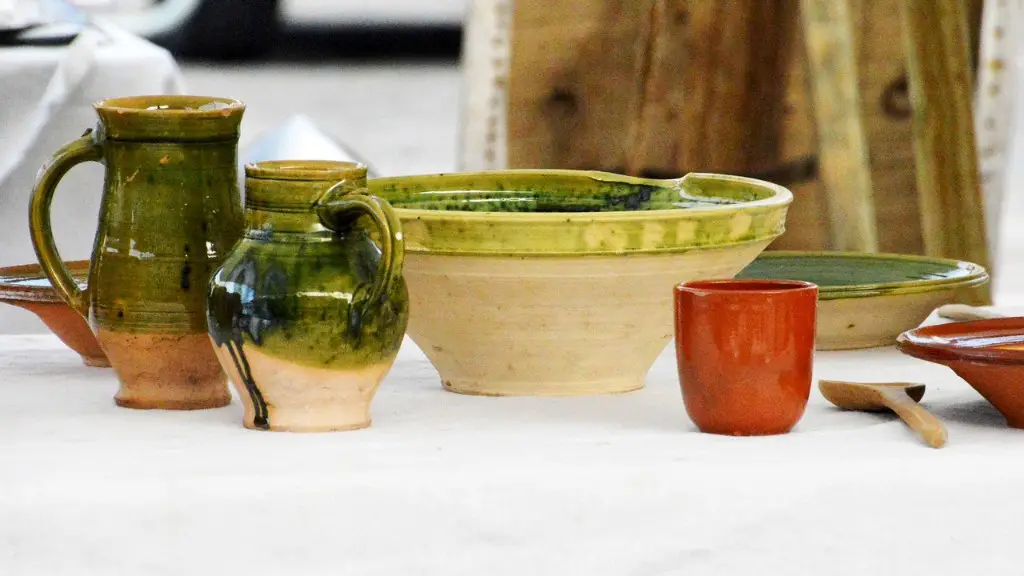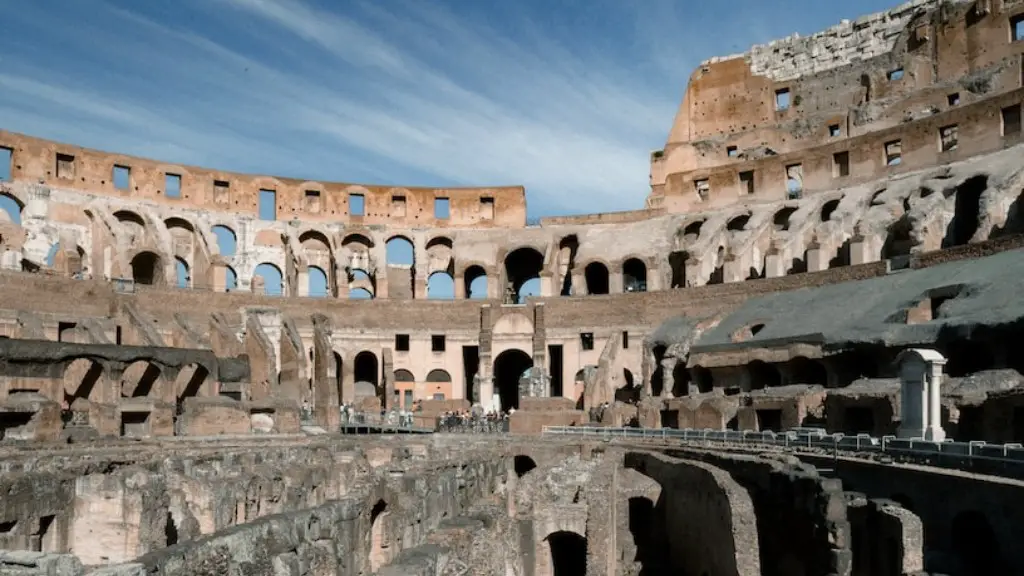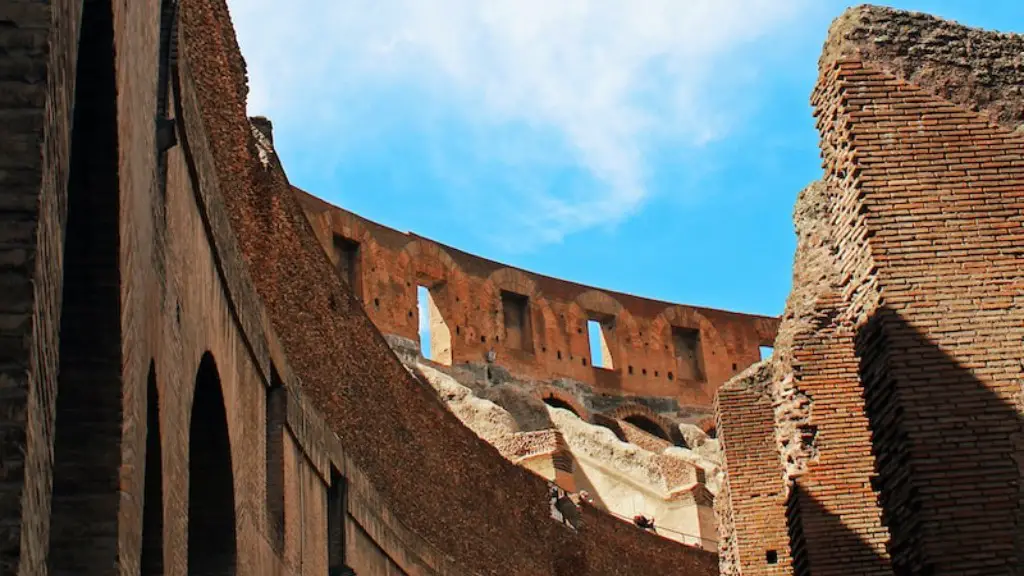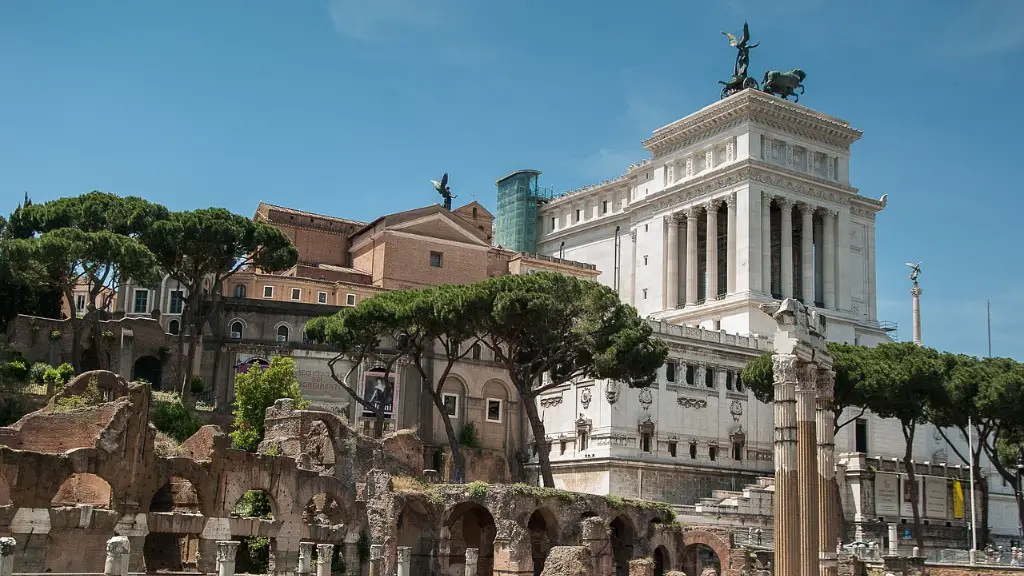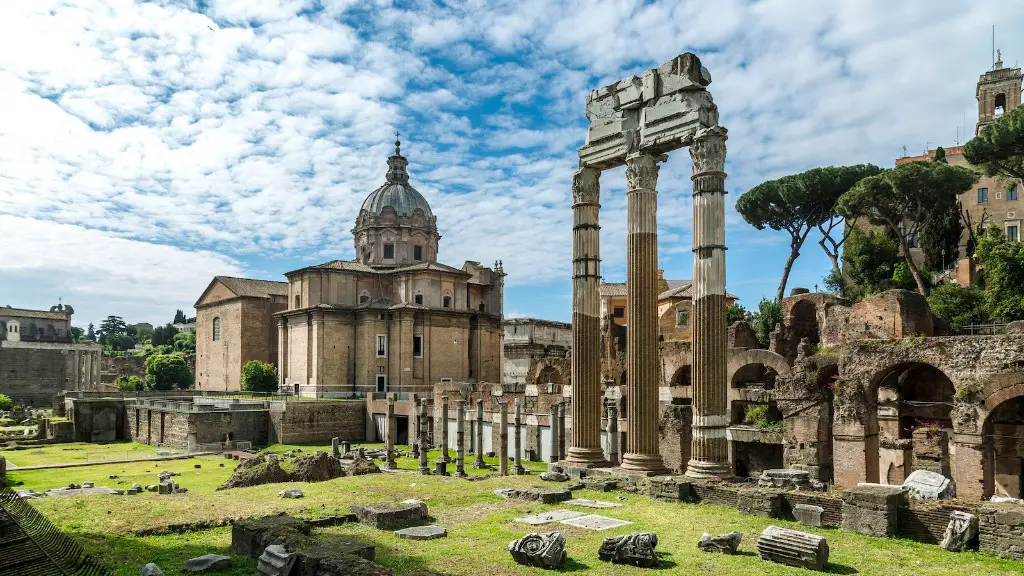If you could step back in time and take a stroll through ancient Rome, what would it look like? The first thing you might notice is the intoxicating smell of frying garlic and roasting meats wafting through the air. You would be surrounded by the chatter of people haggling in the marketplace and the clatter of horses hooves on the stone streets. The city would be bustling with activity as people went about their daily lives.
You would see ancient Romans going about their daily lives, going to work, running errands, and spending time with their families. The city would be full of imposing marble buildings and towering columns. Ancient Rome was a beautiful and exotic place, and it would be an amazing experience to take a step back in time and explore it for yourself.
What does ancient Rome look like?
There is no one answer to this question as ancient Rome would have looked different at different times throughout its history. However, some elements that would likely be present in any depiction of ancient Rome would include the Colosseum, the Forum, and the Pantheon. These are just a few of the many iconic landmarks that have come to represent the city of Rome and its rich history.
What did the average ancient Roman look like?
The Ancient Romans were a people of Mediterranean descent with dark hair and eyes. They typically had a tan or olive skin complexion and were clean-shaven with short hair. Women had longer hair that was often styled in various ways.
It is fascinating to think about how Ancient Rome went from being a society of small farmers to one of the most urbanized societies of the pre-industrial world. It is a testament to the power and influence that Rome wielded during its time as an empire. The city of Rome was truly massive, with more than a million inhabitants at its peak. It is incredible to think about how such a large and complex society could have functioned without modern technology and infrastructure.
What race were ancient Romans
The early Romans were a people with a marked Mediterranean character, related to other neighbouring Italic peoples, such as the Falisci. The Latins were a Latin-speaking Italic people, and the early Romans were composed mainly of Latins.
As a result of our sources rarely mentioning skin pigmentation, it is difficult to associate particular ancients with modern racial categories. However, this lack of evidence has allowed the assumption that most prominent Romans were white.
How tall were Romans?
Even the average height was shorter than today’s Romans: around 5’5”!
This is fascinating to think about – how much our height has changed over the years. Today, the average height for a Roman is around 5’5″, but back in the day, it was even shorter. This just goes to show how much our bodies have changed and evolved over time.
The Romans were a very cosmopolitan people, and their skin tones reflected that. They were slightly tanned, due to the sunny climate, but also had an admixture of Mediterranean and Northern European features. To the Romans, if you ate and dressed as a Roman, you were a Roman.
Was life in ancient Rome good?
Wealthy Romans lived a very good life. They had beautiful houses that were usually located outside of Rome, away from the noise and smells. They had luxurious furnishings and were surrounded by servants and slaves who catered to their every need. This lifestyle was made possible by their wealth.
Latin is a language that is steeped in history. It was the language of the ancient Romans and was spread throughout the Mediterranean by the Roman Empire. Latin continued to be spoken in Italy, France, and Spain even after the fall of the Roman Empire. Today, Latin is still studied by many people around the world and is considered a classic language.
How much of ancient Rome is left
Around 10% of ancient Rome is still remaining today. It is said that much of it was destroyed over time, and what remains is in ruins. The remaining 90% is buried deep inside the earth, around 30 feet below the street level today.
The Romans were a 100% Italian ethnicity, specifically the Proto Italo-Celtic tribe. They absorbed some of the traits of Greek culture which was present in southern Italy at the time.
Are Italians descendants of Romans?
There are many Italians alive today who can trace their ancestry back to the Roman era. However, most of these individuals will also have some admixture from other European peoples. This is due to the fact that Italy has been invaded and settled by numerous groups over the centuries. As a result, the average Italian today is of mixed heritage.
Lucius Septimius Severus was a significant figure in Roman history. As the first African Emperor, he expanded the empire’s borders and ushered in a period of transformation. He also founded a dynasty that would rule for many years. Severus was a great leader and his reign was marked by peaceful relations and prosperity.
What skin color did ancient Greeks have
There are a few theories as to why people in ancient civilizations tended to depict women with pale skin and men with dark brown or tanned skin. One theory is that it was a way to distinguish between the genders. Another theory is that it was a way to show that women were of a higher social class than men.Whatever the reason, it was a common practice in many ancient cultures.
The ancient Greeks found blond hair to be immensely fascinating due to the high contrast it had with the majority of people in Greece having dark hair. Menelaus, the king of the Spartans, was one of the leaders in the Homeric epics who was portrayed as blond. This is likely because the author wanted to highlight his foreignness and exoticism.
What skin Colour is Greek?
Greeks are generally described as “olive skinned”. This means that they have a complexion that is somewhere between brown and white. It is a mediterranean complexion that is also found in Spaniards and Italians. You can find both darker and light-skinned Greeks.
Longevity has increased steadily through history. Life expectancy at birth was a brief 25 years during the Roman Empire, it reached 33 years by the Middle Ages and raised up to 55 years in the early 1900s. The main reasons for this increase are improved nutrition and healthcare, safer working conditions, and increased knowledge about health and hygiene. As people live longer, they are also more likely to experience age-related diseases such as heart disease, cancer, and arthritis. However, advances in medical science are helping people live longer and healthier lives.
Warp Up
There is no one answer to this question as ancient Rome would have looked different at different times in its history. Generally speaking, however, ancient Rome would have been a bustling city filled with people of all walks of life going about their daily lives. The city would have been filled with grand architecture, including temples, public baths, and monumental statues. There would have been a busy marketplace where people could buy and sell goods, and lively entertainment venues where people could enjoy music, dance, and theatre.
There is no one answer to this question as the ancient city of Rome was constantly evolving. However, we do have a good idea of what the city would have looked like during different periods based on archaeological evidence. For example, during the Republic period the city would have been more functional with wider streets and more public space, while during the Imperial period the city would have been more ornate with more decorative architecture.
